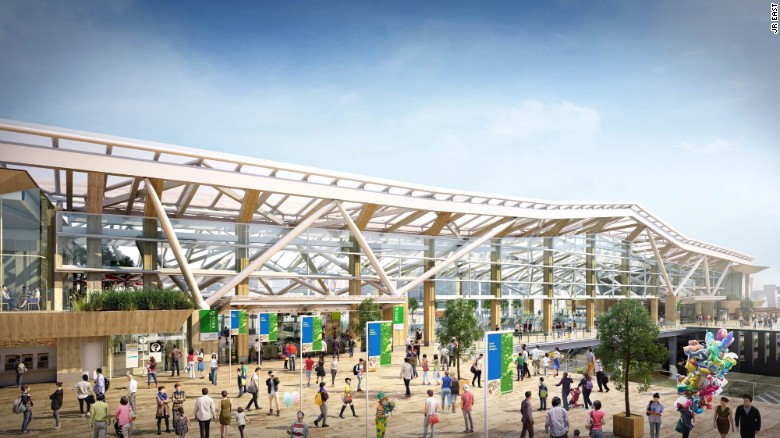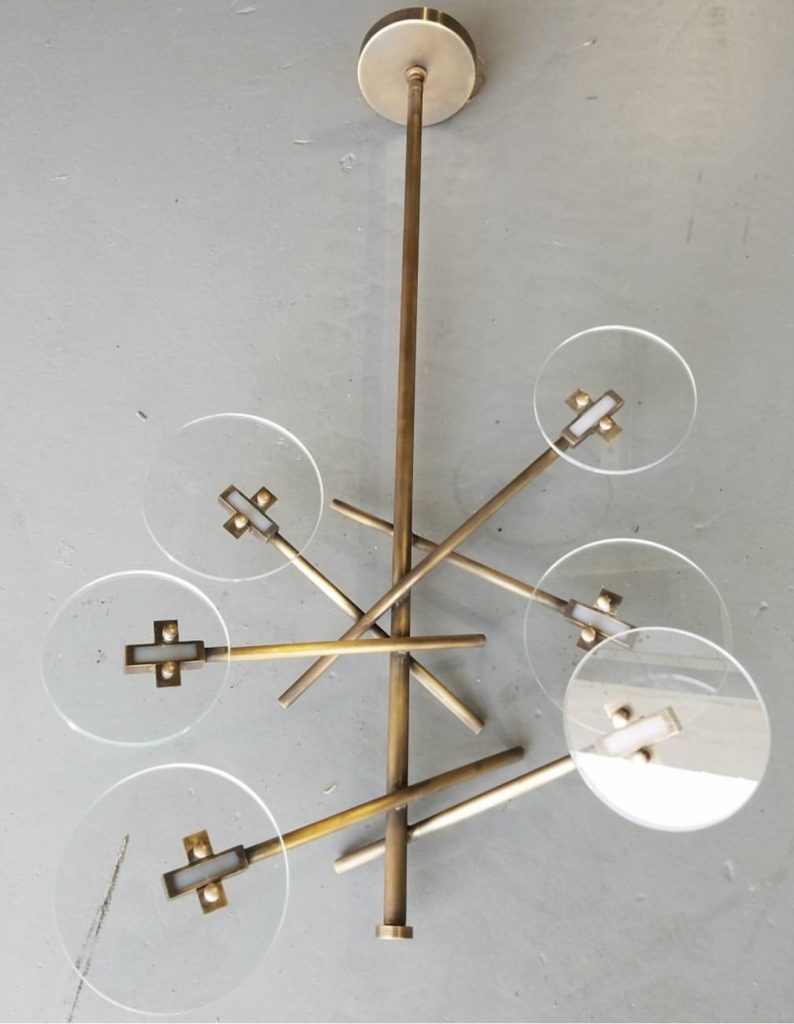According to experts studying the phenomenon, dozens of major urban development projects are slated or in progress for the 2020 Tokyo Olympics. From hotels and sports complexes to cloud-piercing skyscrapers, new architecture is poised to transform the vista of Tokyo by the time the city raises the curtain for the 2020 Olympic Games.
As an example, The Shinagawa Station complex, a structure that will be impossible to miss, will be a steel-and-glass roof inspired by traditional Japanese origami, hovering above a light-flooded train station and a sprawling subterranean city. It will be an opportunity to design the whole area surrounding the station. It will be a great project because it will connect the sea and the hill of Tokyo, which will create a new face to the city.
Bloomberg estimates that 45 new skyscrapers will be constructed within the city limits. If estimates are correct, there would be mean a 50% increase in high-rises between now and 2020, compared to the previous three-year period.
The Tokyo Bay area, where a number of Olympics-related facilities are being constructed, is also seeing significant growth. A comprehensive set of physical, social, environmental and international legacies will result from Tokyo’s hosting of the 2020 Games. The citizens of Tokyo and Japan will benefit from significant environmental and infrastructural improvements, such as new green spaces and sport and education facilities centered on the revitalizing Tokyo. This will create a zone with strong appeal for Tokyo’s future development and growth.
Fortunately for Tokyo, there is a broader goal. Planning is going well beyond the 2020 Olympics. Architects are considering how the city wants to evolve in a more broad sense. A great deal of big-scale development projects are going on at the moment, with the vision of 2020 and beyond. Such a massive level of development will no doubt concern some residents. Experts predict that Tokyo’s architectural transformation is likely to be less dramatic than the revitalization witnessed in some other cities. There is a niche school of experimental architects in Japan that dominate the media, but it’s a conservative environment architecturally for the most part, governed by corporate firms and construction companies.
From the Factory Floor
The Pop Pendant


